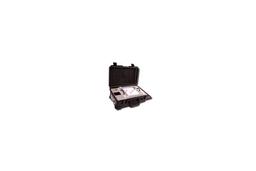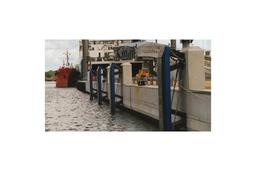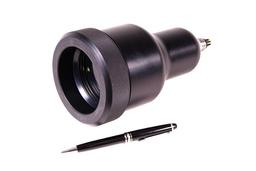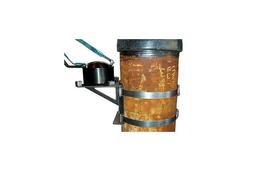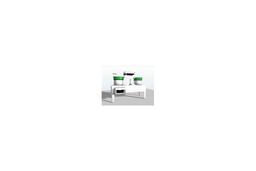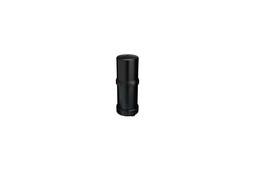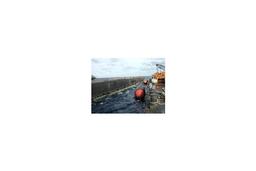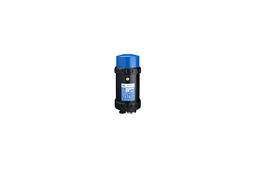


Our transponder floats (or flotation collars) consist of two identical half shells fastened together using four stainless steel bolts. The half shells are manufactured from Hisyn high performance, low density syntactic foam, encapsulated within a polyethylene shell with a nominal thickness of 6mm.
The development of transponder flotation collars along with a new generation of advanced subsea equipment has been essential to the progress of oceanographic/seismic research. Our experience of complex deepwater buoyancy systems and its design and manufacturing infrastructure has resulted in many new and innovative products. These products facilitiate the collection of a substantial amount of data from just below the surface to full ocean depth.
Many transponders are deployed onto the seabed via the use of clump weights. The flotation collar allows the transponder to "float" clear of obstacles on the seabed to maximise signal reception. Once released by acoustic signal, the float then allows the equipment to return to the surface for recovery by the vessel.
| Ref no./Depth | Weight in Air (kg) | Nett Buoyancy (kg) |
| TFC1-1000 | 33 | 30 |
| TFC1-2000 | 38 | 25 |
| TFC1-3000 | 39 | 24 |
| TFC2-1000 | 45 | 41 |
| TFC2-2000 | 51 | 35 |
| TFC2-3000 | 52 | 34 |
| TFC3-1000 | 56 | 52 |
| TFC3-2000 | 63 | 45 |
| TFC3-3000 | 65 | 43 |
Features :
ㆍA tough, durable and reliable product capable of withstanding the most difficult of operating conditions to full ocean depth
ㆍSyntactic foam materials can be supplied to operate at 7000msw and beyond
ㆍWe produce standard collars to fit existing vendor transmitters
ㆍWe can also supply grommets to fit around slightly smaller transponders, allowing a wider use of existing collars

